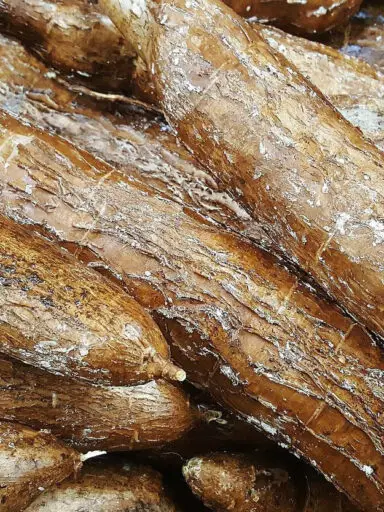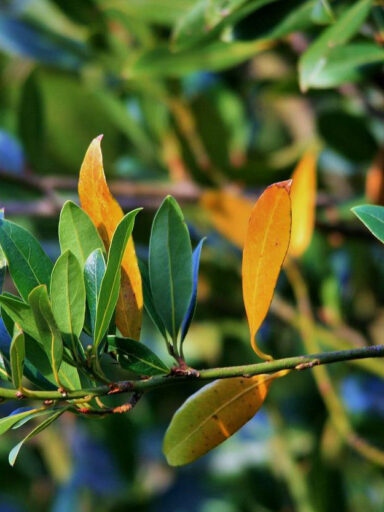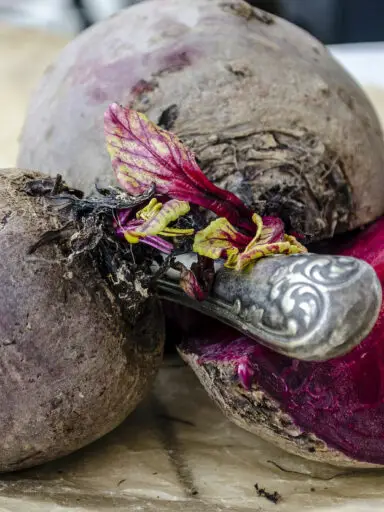Chives is a delicately flavored herb that resembles the top leaves of the onion plant. However, they are not to be confused with the top leaves of onions and the same goes for the top leaves of shallots.
We can say that chives are related to onions, garlic, leek, and scallions. Botanically it belongs to the family Amaryllidaceae and bears the scientific name Allium schoenoprasum.
Chives is a bulb-forming herbaceous perennial plant. It grows to about 30 to 50 centimeters tall. The bulbs grow to about 2 to 3 centimeters in diameter. The stems are hollow and resemble those of onions but are more slender and resemble grass when clustered in bulk.
They grow best in areas with plenty of sunlight and well-drained fertile soil which is rich in organic matter. They are native to temperate regions in the Northern hemisphere in the areas of Europe, Asia, and North America.
The most common cultivars of chives include the Giant Siberian, Chinese or garlic chives, and Siberian garlic.
They are available all year round in stores and marketplaces. One should choose fresh leaves free from cuts and bruises. They should be bright, vibrant, and firm in texture. They should not be slimy or show any signs of mold, withering, or rot.
Young leaves are better flavored as older leaves tend to have a pungent flavor and taste more onion-like flavor. At home, leaves should be stored in the refrigerator in a ziplock bag. Dried leaves can be stored in a cool place and placed in an airtight container.
Preparation of Chives for Consumption
The leaves should be flushed under running water and swirl in salty water in a bowl to remove any soil and dirt. Dry them with a kitchen towel then cut them with a knife according to the desired size. They can then be used in food at the last moment to prevent losing flavor.
The chopped chives can be added to salads, appetizers, and entrees as a garnish. They can also be used for flavor, soup, sauces, and stews. In other dishes, you will find it added to potatoes, rice dishes, dumplings, stir-fries, and more.
Health and Nutritional Benefits
Chives contain antioxidants, vitamins, and minerals. They have good amounts of dietary fiber, no cholesterol, and low amounts of protein and carbohydrates. They also contain just 30 calories per 100 grams in weight.
They are a good source of B-complex vitamins including folates, pyridoxine, riboflavin, thiamin, pantothenic acid, and niacin. They are rich in vitamin A, vitamin C, and vitamin K.
As for minerals, you will find chives are a good source of copper, iron, magnesium, manganese, phosphorus, zinc, calcium, and selenium. They are also a good source of potassium.




